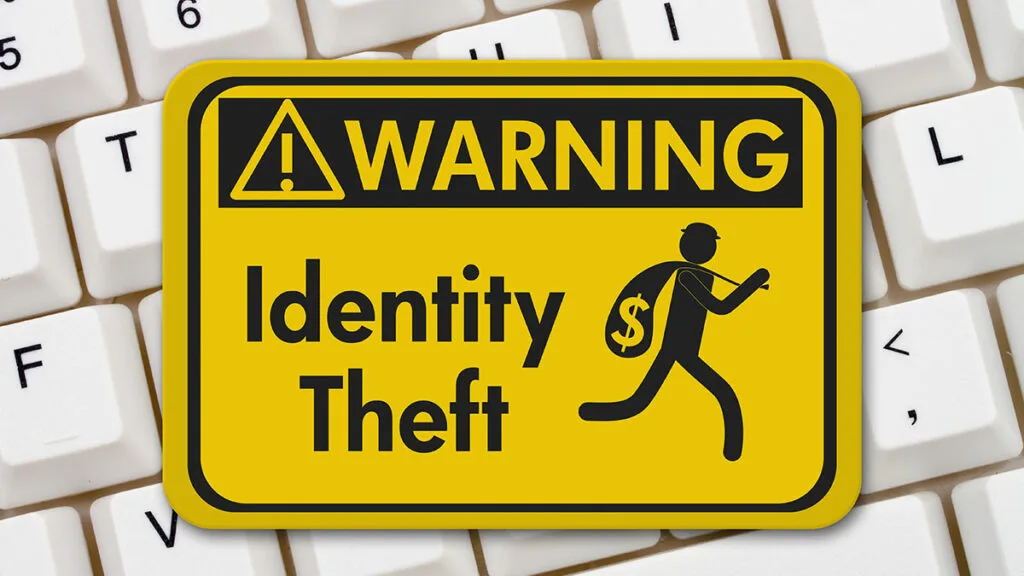IRS Payment Options A Comprehensive Guide

Paying taxes is a commitment that comes with challenges, especially when you cannot fully settle your dues by the deadline. The IRS understands that sometimes, financial circumstances can make it challenging to meet tax obligations promptly. That’s why it offers a range of payment options to accommodate different situations, ensuring that taxpayers can manage their payments more effectively and avoid potential penalties.
In this blog, we’ll explore the various payment methods the IRS provides and detailed steps on utilizing these options. Whether you can pay immediately or need to arrange a longer-term payment plan, there’s likely a solution that fits your needs.
1. Electronic Payment Options
The IRS encourages taxpayers to use electronic payment methods as they are secure but also fast and convenient. Here’s how you can utilize these services:
– Direct Pay: Ideal for individual taxpayers, Direct Pay allows you to make payments directly from your checking or savings account at no extra cost. You can also schedule these payments up to 365 days in advance. After making a payment, you will receive an email confirmation.
– Electronic Federal Tax Payment System (EFTPS): Suitable for large payments, the EFTPS is a government system allowing individuals and businesses to pay taxes. You must enroll in the system first, and once set up; you can make up to five payments per day and schedule them as far ahead as 365 days.
– Electronic Funds Withdrawal: When filing electronically via tax software, you can pay any due taxes directly from your bank account through an electronic funds withdrawal.
– Payment Processor: If you prefer to pay via credit card, debit card, or digital wallet, you can use a third-party payment processor. Note that processing fees apply, but the IRS collects no part of these fees.
– IRS Online Account: By creating an online account at IRS.gov, taxpayers can manage their tax details in one place. This includes checking the amount owed, viewing payment history, and managing payment plans.
2. Paying by Check, Money Order, or Cashier’s Check
For those who prefer traditional payment methods:
– By Check or Money Order: Include a completed Form 1040-V, Payment Voucher, with your payment. Please send it to the correct address, which varies by state and form. Specifying which tax year the payment should be applied to on the check memo line is essential.
– By Cash: Payments can be made at participating retail stores. Each payment is limited to $500, and processing fees apply.
3. Options for Taxpayers Who Can’t Pay in Full
– Payment Plans: Setting up a payment plan might be the best option if you can’t pay all at once. The Online Payment Agreement (OPA) tool on IRS.gov allows you to apply for an installment agreement quickly and easily without contacting the IRS directly.
– Offer in Compromise: For those unable to pay their total tax liability, an Offer in Compromise might allow you to settle for less than the total amount owed. The IRS provides a Pre-Qualifier tool to help determine eligibility.
– Temporarily Delaying Collection: If you find yourself in a situation where you’re unable to pay at all, the IRS may temporarily delay collection. This does not absolve the debt, as penalties and interest will continue to accrue.
By understanding and utilizing these IRS payment options, taxpayers can better manage their tax obligations, reduce stress, and maintain compliance with tax laws. Whether you choose to pay electronically, by traditional methods or need to arrange a payment plan, the IRS provides the resources to help you meet your tax responsibilities effectively.



